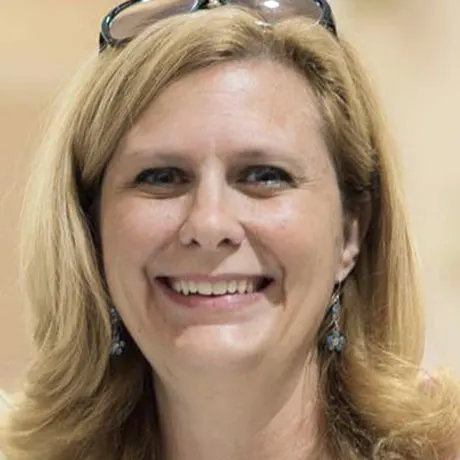Beyond IEP meetings: How I connect with my son’s general education teachers
I’ve learned a lot from advocating for my son in public school throughout the years.
I’ve educated myself about his learning differences: and . I’ve also learned how to navigate . Occasionally I joke that I must have earned some sort of degree by now!
One important lesson I’ve learned is that you have to be proactive. That’s especially true when reaching out to general education teachers.
Why is this so important to me?
Let me take a step back. My son goes to high school in a big public school system. On average, each high school teacher sees 100+ kids every day. When you add up the students in all their classes, a teacher might have 200+ kids total. Throw the students’ parents or guardians into the mix, and that’s a lot of people.
And don’t forget about IEPs. Most kids with IEPs spend the majority of their day in general education classrooms. So teachers in my son’s school may be on several IEP teams. I get overwhelmed just thinking about how many people they must be in contact with and all the work that takes!
I didn’t want my son to get lost in the shuffle. I wanted to find a way to really connect with his teachers and make it easier for them to get to know him. So here’s what I’ve been doing since my son was in grade school:
About a month before the start of school, I ask for a meet-and-greet with as many of my son’s teachers as possible. This isn’t an IEP meeting. This is a “let’s get to know each other” meeting.
I try to get all his teachers, teaching assistants, aides, and case managers into one room, even if just for a short time. I even invite the gym and music teachers — anyone who’s going to spend time with my son.
When the meeting starts, I thank everyone for coming. I share how helpful this kind of meeting has been in the past to our family. I tell them we just want to open the lines of communication.
Then I give them all a handout. Over the years, the information on the handout has changed. But it typically includes:
Our contact information
A brief description of dyslexia and dysgraphia
A list of my son’s strengths
A list of his challenges
A copy of the page from his IEP
I try to look at things from the teachers’ perspective. I want to make sure I’m helping them as much as I can. And they’ve almost always been very receptive to what I’ve had to say.
Over the years I’ve gotten better at sharing who our son is and what his learning differences look like in the classroom. I’ve learned the educational jargon, which helps me speak the same language as teachers. And I’ve shifted from focusing on my son’s struggles — what he cannot do — to focusing on what he can do.
By far the biggest change to these meetings, though, was the addition of my son’s chair to the table.
My son, Noah, started attending the meeting in sixth grade. Since then, he’s taken over question-and-answer time. It makes sense for him to be the primary source when it comes to talking about his learning differences and how he learns best. After all, he’s the one who lives and breathes this every day!
I know not every parent is going to be able to set up this type of meet-and-greet with teachers. But there are simpler ways to reach out that can also be very effective. For example, you can have one-on-one meetings or write an introduction letter for your child.
A brief email to a teacher may even do the trick, depending on your child’s situation. There are plenty of ways to go beyond the IEP to get your child the support he needs. For me and my son, taking that extra step has been invaluable.


